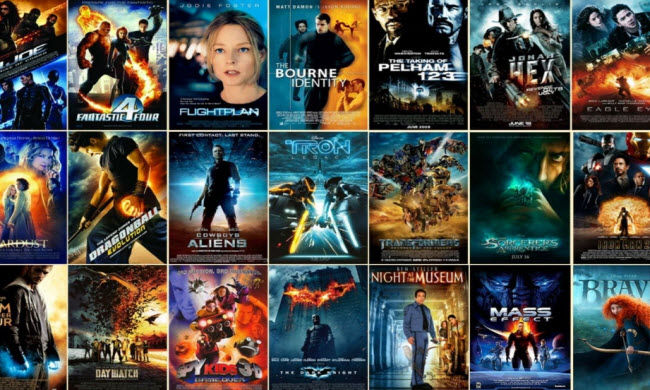Movie posters, also known as film posters, are promotional materials designed to advertise and generate interest in a film. These posters are intended to persuade audiences to watch the movie and are produced in various sizes and designs by film studios for both local and international markets. Prior to the 1980s, posters primarily featured illustrations rather than photographs. However, advancements in design transformed them into posters featuring large text with the film’s title, images of main actors, their names, as well as additional details such as the film’s tagline, director, character names, release date, and other relevant information. These posters are commonly displayed in theaters, on the street, in shops, and are also used in online marketing or as covers for video tapes and DVDs.
History of Movie Posters
Historically, the first film posters were introduced in December 1895, designed by French artist Marcelin Auzolle to promote the Lumière Brothers’ film “L’Arroseur arrosé” at the Grand Café in Paris, France. Initially, movie posters were created exclusively for use by the cinemas showing the film and were returned to the distributor after the film’s run. In the United States, these posters were usually returned to the National Screen Service (NSS), which was responsible for printing and distributing most film posters from 1940 to 1984. The return of these posters was crucial for reuse in other cinemas, as films could run for several years. Unreturned posters were often discarded by cinema owners due to their obsolescence or deterioration from being exposed outdoors.
Starting in the 1980s, American film studios began taking direct responsibility for producing and distributing their posters, rather than relying on the NSS. This shift made the poster production and distribution process more decentralized. When Hollywood films entered international markets, posters were often created locally, leading to variations from the original Hollywood versions based on local artists’ interpretations.
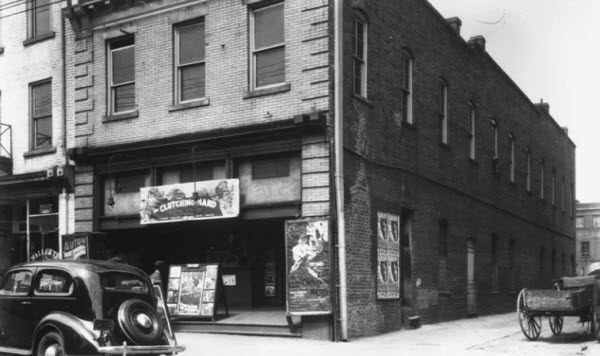
After the National Screen Service ceased most of its operations in 1985, many of the posters stored in warehouses across the United States ended up in the hands of collectors and private dealers. Today, there is a thriving market for film poster memorabilia, with some posters achieving significant value. The first major auction dedicated to film posters was held by a prominent auction house in December 1990, generating $935,000 from the sale of 271 vintage posters. A record price was set on November 15, 2005, when a poster for the 1927 film “Metropolis” sold for $690,000. Early horror and science fiction posters also command high prices.
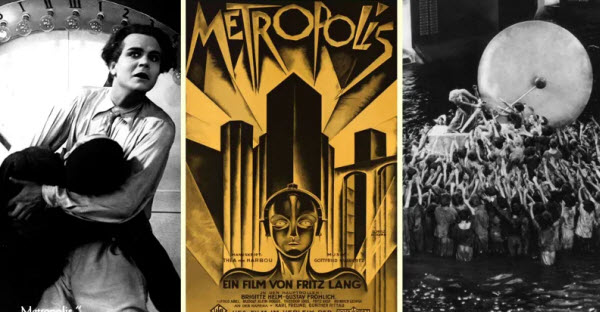
Due to market demand, some popular vintage posters have been reprinted, either legally or illegally. Although the artwork on reprinted versions may replicate the original designs, they can be distinguished by differences in size, print quality, and paper type. Many online sites offer “authentication” tests to differentiate between original and counterfeit posters. Original posters that were distributed to cinemas or other locations (such as bus stations) are not sold directly to the public by film studios. However, most modern posters are produced in large quantities and, despite their limited value due to their recent production, are often available to collectors through secondary markets such as eBay.
Types of Movie Posters
- Lobby Cards: Lobby cards resemble standard posters but are smaller, typically measuring 28 cm x 36 cm or 20 cm x 25 cm. They are usually released in sets of eight, each featuring a different scene from the film, although some sets may include 12 or 6 cards. There are also jumbo lobby cards, which are larger, measuring 36 cm x 43 cm, and are released in sets as well. These cards were printed on higher-quality paper and prominently display the film’s title and major stars.
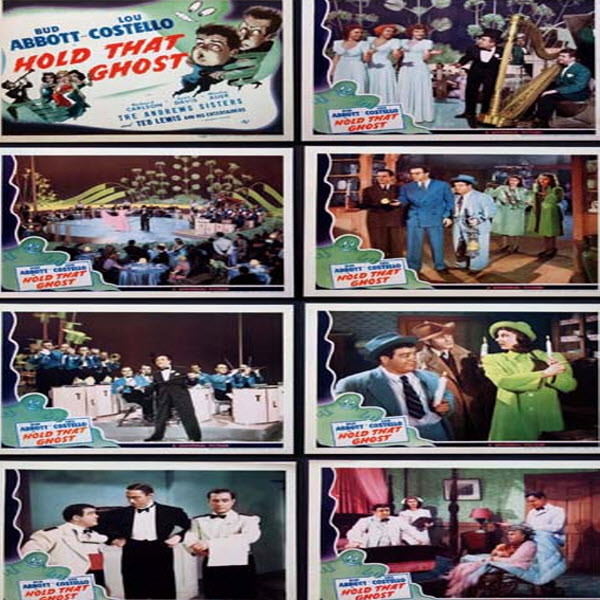
- Teaser Posters: Teaser posters, or advance posters, are early promotional materials that feature minimal information about the film’s plot, theme, and characters. Their primary purpose is to generate awareness and buzz for the film. In some cases, teaser posters are released long before the film’s production begins, often featuring only a symbol or the film’s title.
- Character Posters: For films with a large cast, there may be a set of character posters, each highlighting an individual character from the film. These posters typically include the actor’s name or the character’s name and may also feature a tagline that reflects the character’s significance.
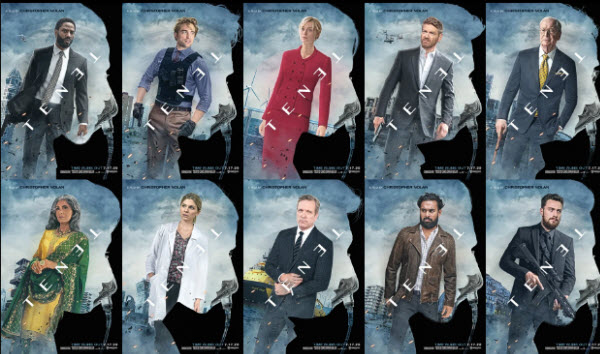
Film Poster Awards
The annual Key Art Awards, sponsored by The Hollywood Reporter, recognize outstanding film posters in categories such as comedy, drama, adventure, action, promotional, and international films. The Hollywood Reporter defines film posters as the iconic images that form the foundation of a film’s marketing campaign.
